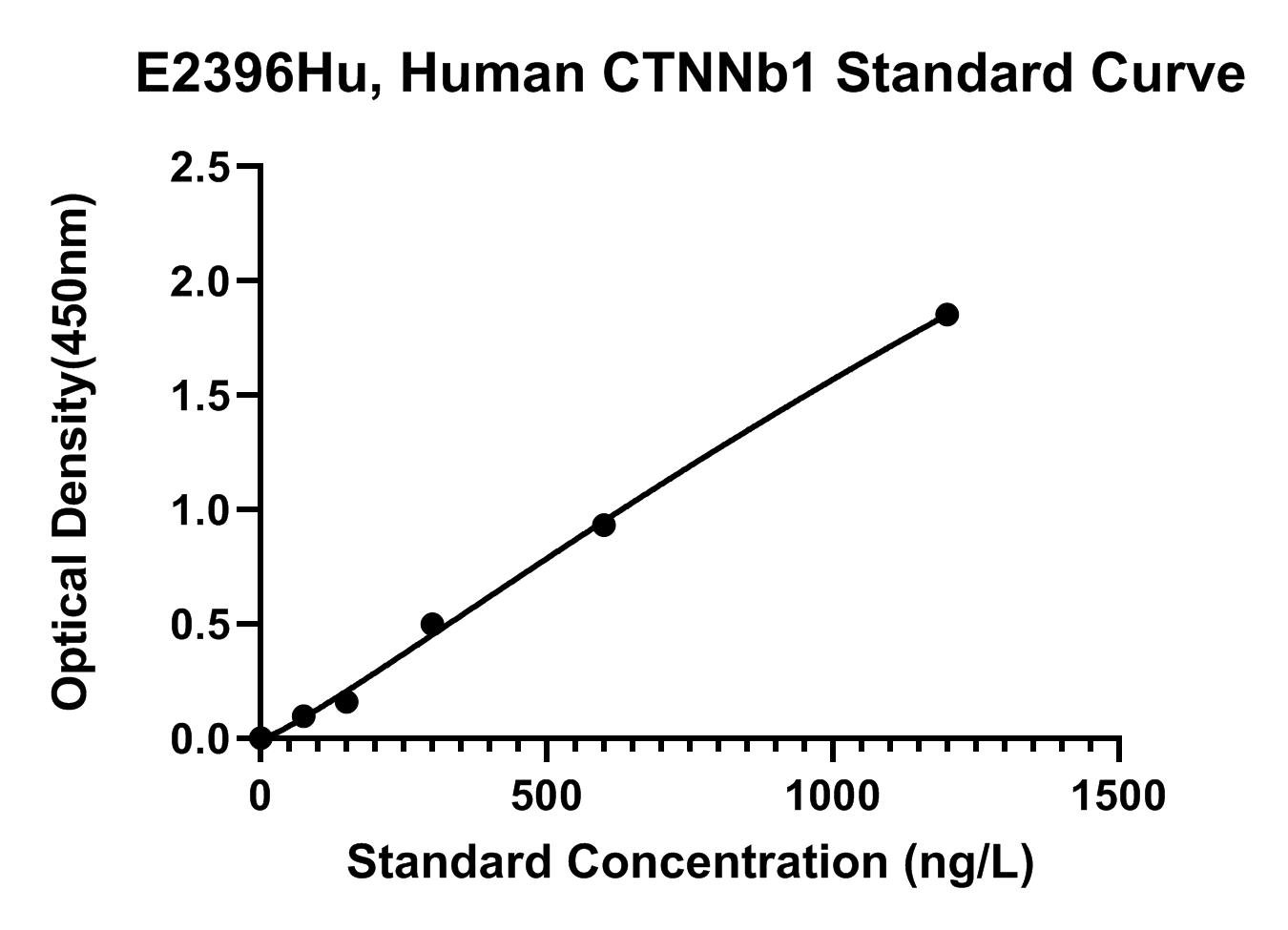Key downstream component of the canonical Wnt signaling pathway (PubMed: 17524503, PubMed: 18077326, PubMed: 18086858, PubMed: 18957423, PubMed: 21262353, PubMed: 22155184, PubMed: 22647378, PubMed: 22699938). In the absence of Wnt, forms a complex with AXIN1, AXIN2, APC, CSNK1A1 and GSK3B that promotes phosphorylation on N-terminal Ser and Thr residues and ubiquitination of CTNNB1 via BTRC and its subsequent degradation by the proteasome (PubMed: 17524503, PubMed: 18077326, PubMed: 18086858, PubMed: 18957423, PubMed: 21262353, PubMed: 22155184, PubMed: 22647378, PubMed: 22699938). In the presence of Wnt ligand, CTNNB1 is not ubiquitinated and accumulates in the nucleus, where it acts as a coactivator for transcription factors of the TCF/LEF family, leading to activate Wnt responsive genes (PubMed: 17524503, PubMed: 18077326, PubMed: 18086858, PubMed: 18957423, PubMed: 21262353, PubMed: 22155184, PubMed: 22647378, PubMed: 22699938). Involved in the regulation of cell adhesion, as component of an E-cadherin:catenin adhesion complex (By similarity). Acts as a negative regulator of centrosome cohesion (PubMed: 18086858). Involved in the CDK2/PTPN6/CTNNB1/CEACAM1 pathway of insulin internalization (PubMed: 21262353). Blocks anoikis of malignant kidney and intestinal epithelial cells and promotes their anchorage-independent growth by down-regulating DAPK2 (PubMed: 18957423). Disrupts PML function and PML-NB formation by inhibiting RANBP2-mediated sumoylation of PML (PubMed: 22155184). Promotes neurogenesis by maintaining sympathetic neuroblasts within the cell cycle (By similarity). Involved in chondrocyte differentiation via interaction with SOX9: SOX9-binding competes with the binding sites of TCF/LEF within CTNNB1, thereby inhibiting the Wnt signaling (By similarity).
Related Resources
